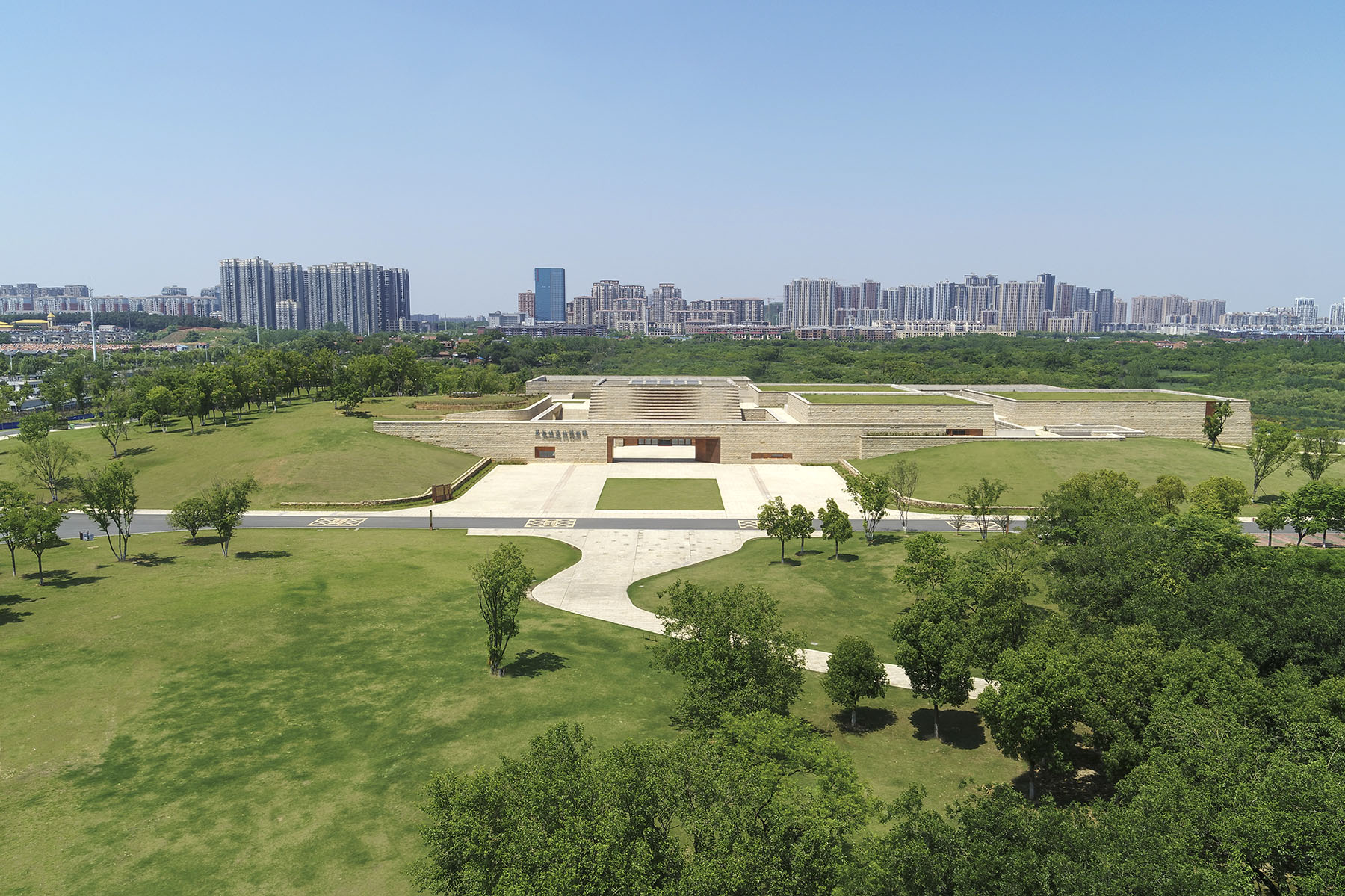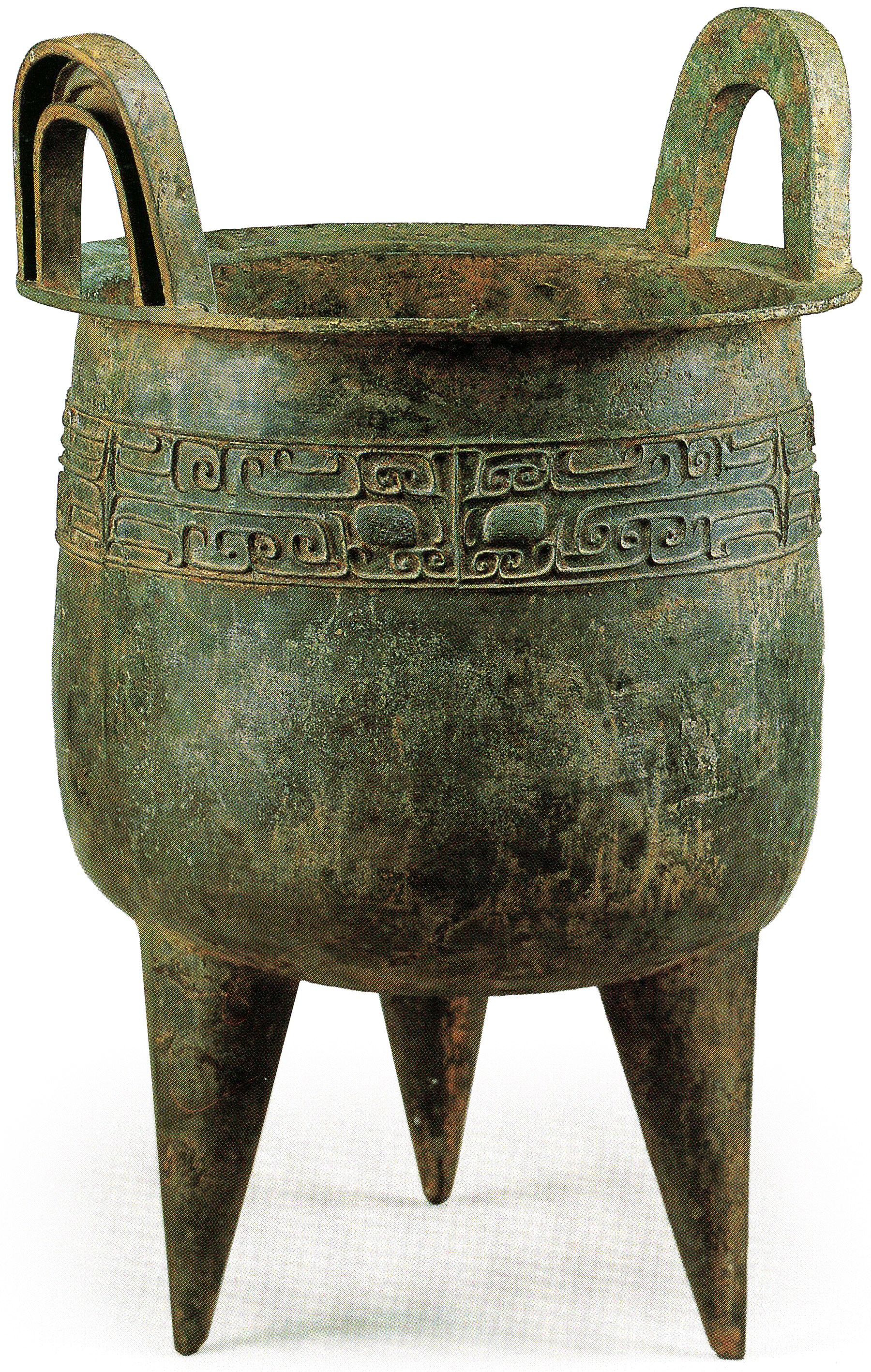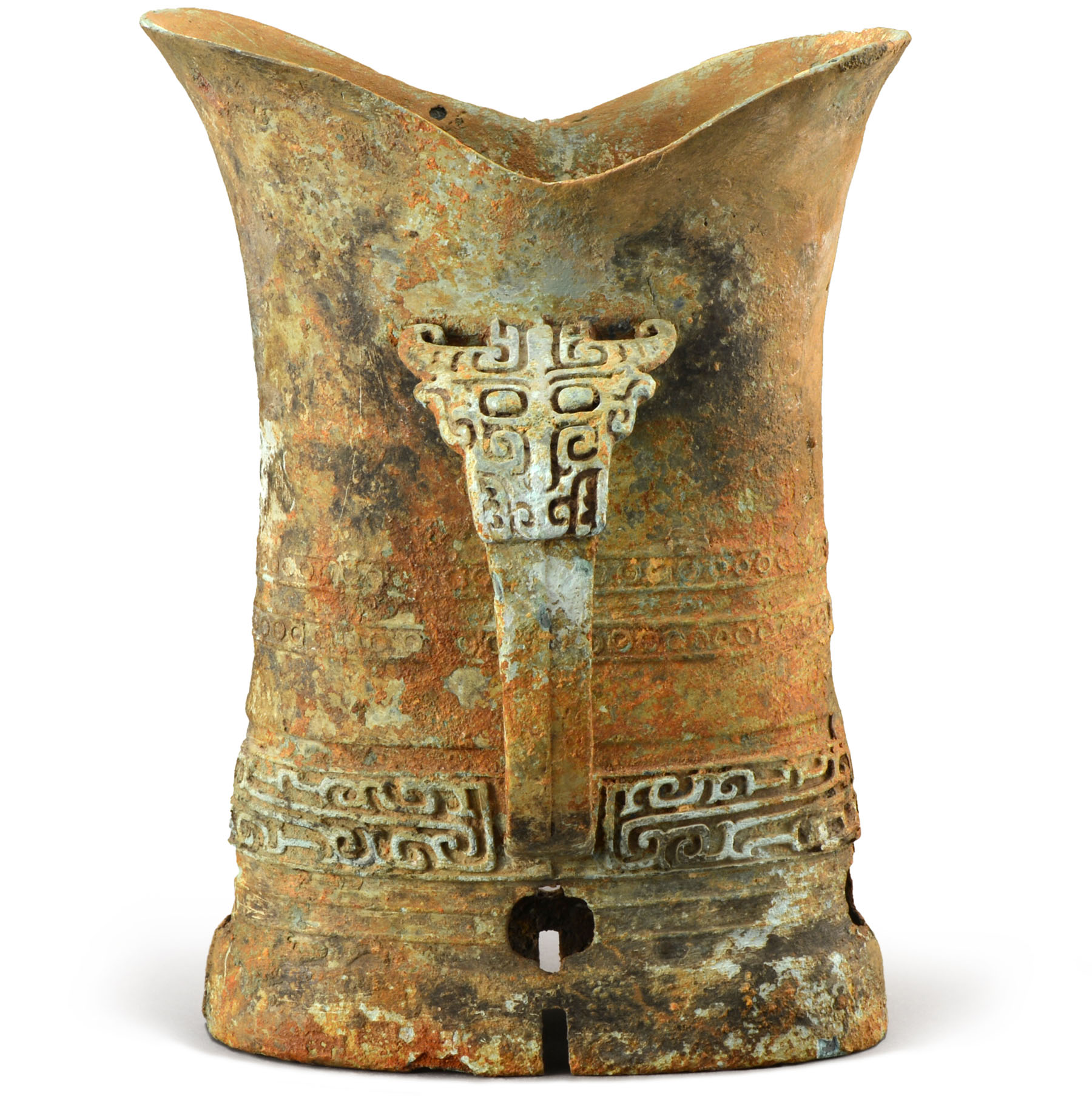Archaeologists working at uncovered ruins of ancient city get fuller understanding of intricate society, Deng Zhangyu reports.

A major flood that hit Wuhan in Central China's Hubei province in 1954 caused death and destruction. But one consequence of the disaster was the discovery of the long-buried secrets of Panlongcheng, an ancient city that had lain dormant for over three millennia.
Over the subsequent 70 years, archaeologists peeled back the layers of time to reveal the intricate details of this once-thriving metropolis. Panlongcheng, a vital nexus between the Yellow River and Yangtze River civilizations, slowly emerged from obscurity.
In the 1970s, two important archaeological projects at the Panlongcheng site uncovered ancient palaces, city walls and the tombs of nobility. A large number of exquisite bronzeware, pottery and jade artifacts were unearthed, which bore a striking resemblance to items discovered in the capital of the Shang Dynasty (c.16th century-11th century BC) in the Yellow River basin. This shifted the focus of archaeologists to the Yangtze River basin.
READ MORE: Sculpting a civilization
"Previously, many experts believed that the Yellow River basin was the cradle of Chinese civilization," says Zhang Changping, a professor at Wuhan University's School of History. "The discovery of the Panlongcheng site has greatly advanced the social recognition of both the Yangtze and Yellow River basins as cradles of Chinese civilization."
In archaeological circles, ancient Egypt, Mesopotamia, ancient India and ancient China are generally categorized geographically as "Great River Civilizations", corresponding to the Nile, the Tigris and Euphrates, the Indus, and the Yellow and Yangtze rivers, respectively.
"The Yellow and Yangtze rivers are completely geographically independent yet parallel, making Chinese civilization, formed by these two river basins, the rare dual-river civilization among the world's great river civilizations," says Zhang.

Zhang is also a veteran archaeologist who has been deeply involved in archaeological work at the Panlongcheng site since 2013. His connection to the site dates back even further: In 1984, while still a student of archaeology at Peking University, Zhang made a trip to Panlongcheng.
"For me, visiting the Panlongcheng site back then was like a pilgrimage in the field of archaeology. It is incredibly significant, as it can be said to have brought Bronze Age civilization to the Yangtze River basin," the 62-year-old reflects.
In 2001, this ancient city site, which was the earliest to culturally link the Yangtze and the Yellow River basins, was named one of the "100 Major Archaeological Discoveries in China in the 20th Century".
In April, the National Cultural Heritage Administration listed the Panlongcheng site as one of China's top 10 archaeological discoveries for 2024, saying that it's an important stronghold for the rulers of the Shang Dynasty, based in the Yellow River basin, to exert control over the Yangtze River basin.
At the announcement in Beijing, Huo Wei, a professor from Sichuan University, said that in the past decade, archaeological finds have shown that by the late Xia Dynasty (c.21st century-16th century BC), the regime at the Central Plains had already extended its influence to the Yangtze River area.
The discovery of bronze workshops at the Panlongcheng site suggests that metalworking skills spread from the Yellow River basin to the Yangtze, starting the Bronze Age there. These discoveries have changed what people previously thought.
There has long been a debate over how bronze artifacts were introduced to the Yangtze River basin from the Yellow River basin. The question remains: Were these artifacts produced locally using available materials, or were they distributed by the ruling class from the Central Plains?

In 2015, a significant discovery at Panlongcheng provided new insights. Sun Zhuo and his team uncovered a complete bronze casting workshop, featuring a full "industrial chain" of mold-making, casting and smelting. This marked the first discovery of a bronze casting workshop outside the capital city of the Xia and Shang dynasties.
"The bronzeware from Panlongcheng are consistent in both function and manufacturing techniques with those unearthed from the same period in the Shang Dynasty. We speculate that a group of craftsmen may have migrated directly from nowadays Zhengzhou in Henan province, where the capital city was located at that time," says Sun, who leads the archaeological team at Panlongcheng.
These bronze casting techniques also influenced settlements and ancient civilizations along the Yangtze River during the same period through Panlongcheng, such as the Sanxingdui culture located upstream in Sichuan province.
Over 3,000 years ago, during the peak of the Sanxingdui culture, a large number of exquisite bronze artifacts were unearthed. They are notable for their unique and intricate designs, particularly the masks with exaggerated facial features, such as large eyes and ears.
The Panlongcheng site is located in the Panlongcheng National Archaeological Site Park in Wuhan. The area is surrounded by water on three sides. Twenty kilometers to the east is a tributary of the Yangtze River. This geographical location made it a transportation hub at the time.
"We discovered that certain items and resources, such as pottery, were transported through Panlongcheng to the Yangtze and Yellow River basins, facilitating cultural exchanges between these regions," says Sun.
He adds that when changes occurred in the pottery of the Central Plains region, corresponding changes would also be seen in the pottery of Panlongcheng. This indicates that the Central Plains authorities maintained lasting control over the Yangtze River basin through Panlongcheng.
The city of Panlongcheng existed from 1600 BC to 1250 BC. Interestingly, for the following one thousand years, there was little evidence of human activity in this area. This suggests that Panlongcheng was abandoned after being established for over 300 years, says Sun.

He explains that the evidence suggests Panlongcheng was established primarily for political purpose, rather than as a city or settlement rooted in agriculture, as was traditionally the case. This discovery positions Panlongcheng as one of the earliest known examples of the relationship between central and local governance.
"As the archaeological research at Panlongcheng deepens, we find more and more interactions between the Yellow River and Yangtze River cultures. This has resulted in the formation of a long-term relationship of central control over local regions," says Sun.
A student of Zhang, Sun graduated from the School of History at Wuhan University. Since starting his graduate studies in 2013, he has been conducting archaeological research at Panlongcheng alongside Zhang.
As a new generation archaeologist, the 37-year-old Sun has devoted a significant amount of his time and effort to archaeological work at Panlongcheng, aiming to continue exploring new avenues based on the achievements of his predecessors.
The archeological team is currently actively collaborating with international academic institutions such as Harvard University and the University of Chicago, hoping to bring different perspectives to the research.
ALSO READ: Exhibition zooms in on Yangtze's tide of history
Since last year, they have been hosting a five-week summer archaeology camp, primarily recruiting international students for archaeological internships. This year's camp has attracted six university students from the United States. The instructors are from both domestic and international universities.
"This is a great opportunity to bring an international perspective to the archaeology of Panlongcheng," says Sun.
Apart from the Panlongcheng site, the Panlongcheng National Archaeological Site Park also includes a museum, outdoor archaeological experience areas and public education zones. Over the years, the phased archaeological discoveries at the Panlongcheng site have been carefully curated into museum exhibitions.
The effective combination of museum exhibitions, archaeological work and experiences has greatly enhanced the public awareness of the Shang Dynasty civilization at the Panlongcheng site, according to Wan Ling, former director of the Panlongcheng Site Museum.
Contact the writer at dengzhangyu@chinadaily.com.cn


